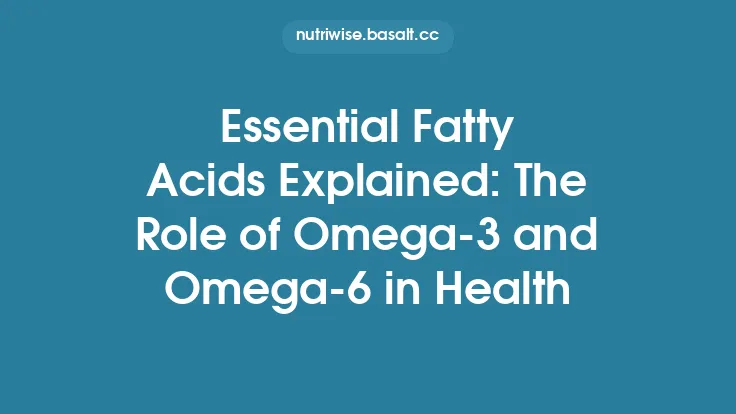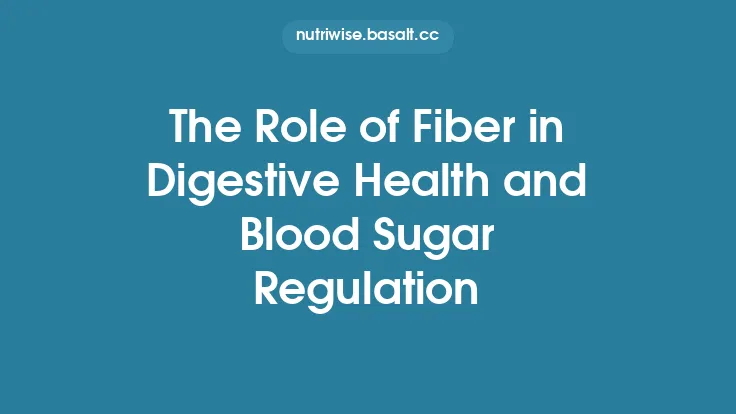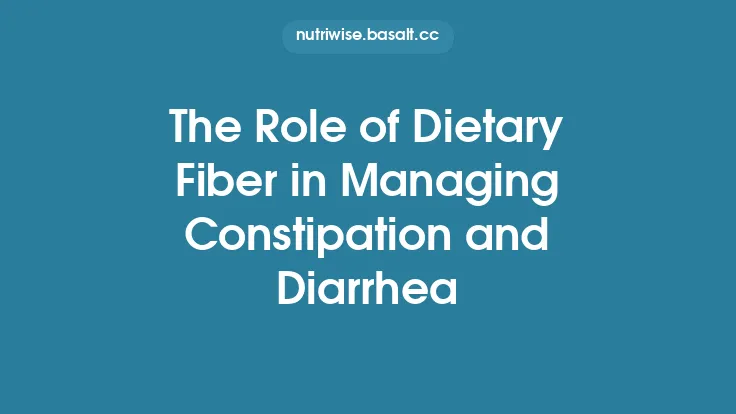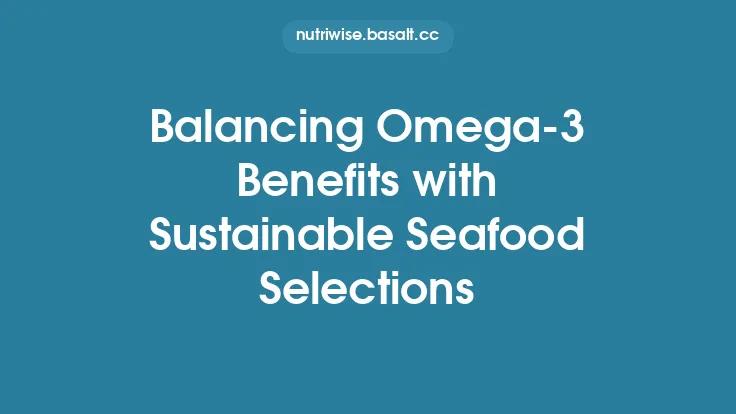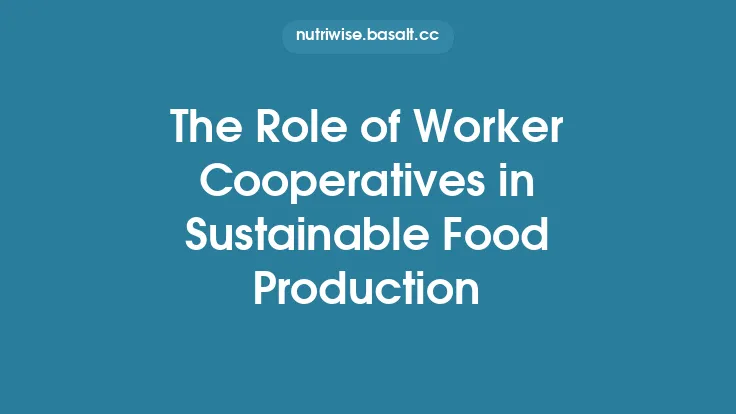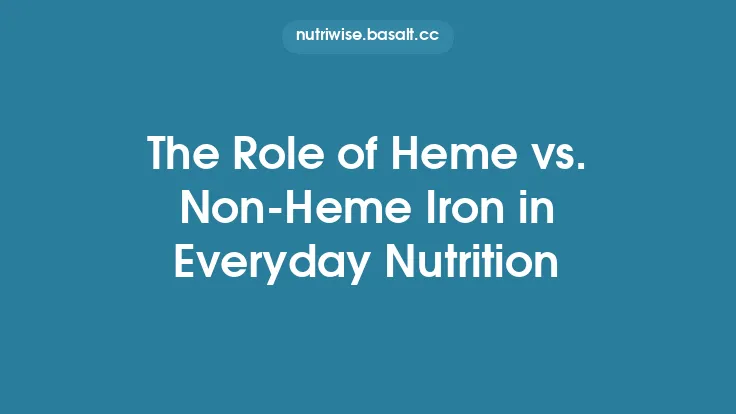Aquaculture, the farming of aquatic organisms such as fish, crustaceans, mollusks, and seaweeds, has become a cornerstone of the modern seafood supply chain. As wild capture fisheries face mounting pressure from overexploitation, habitat loss, and climate change, the industry’s capacity to produce protein‑rich food in a controlled environment offers a compelling alternative. Yet, the sustainability of aquaculture is not a given; it depends on a complex interplay of biological, environmental, technological, and socio‑economic factors. Understanding these dynamics helps consumers, producers, and policymakers make informed choices that support a resilient and responsible seafood system.
The Evolution of Aquaculture: From Traditional Ponds to High‑Tech Systems
Historically, aquaculture began as small‑scale, family‑run ponds and coastal enclosures that supplemented local diets. Over the past few decades, the sector has diversified dramatically:
- Extensive systems – low‑input, large‑area operations (e.g., rice‑field fish culture) that rely on natural productivity.
- Semi‑intensive systems – moderate stocking densities with supplemental feeding and limited water exchange.
- Intensive systems – high‑density recirculating aquaculture systems (RAS) and flow‑through cages that tightly control water quality, feed, and disease.
Each model carries distinct environmental footprints, and the trend toward higher technology—particularly RAS—has opened pathways to reduce many of the traditional concerns associated with fish farming.
Environmental Benefits of Well‑Managed Aquaculture
- Reduced Pressure on Wild Stocks
By supplying a steady source of fish protein, aquaculture can alleviate demand for overfished species. This is especially true for species that are difficult to harvest sustainably from the wild, such as certain high‑value demersal fish.
- Efficient Feed Conversion Ratios (FCR)
Modern feed formulations and selective breeding have driven FCRs for many farmed species below 1.5:1 (i.e., 1.5 kg of feed yields 1 kg of fish). Compared with the 3–5:1 ratios typical of many wild‑caught fish, this represents a substantial gain in protein efficiency.
- Integration with Other Agricultural Practices
- Integrated Multi‑Trophic Aquaculture (IMTA) – combines species from different trophic levels (e.g., fish, shellfish, seaweed) so that waste from one becomes input for another, mimicking natural ecosystems and reducing nutrient discharge.
- Aquaponics – couples fish production with hydroponic plant cultivation, allowing nutrients from fish waste to fertilize crops while the plants help filter water.
- Potential for Land‑Based Production
Recirculating systems can be sited inland, reducing the need for coastal or marine space and allowing production in regions with limited access to fresh seafood. This also diminishes the risk of farm escapees impacting local ecosystems.
Key Sustainability Considerations
Feed Sourcing and Ingredient Innovation
Traditional fishmeal and fish oil, derived from wild‑caught forage fish, have been a major sustainability critique. The industry is responding with:
- Alternative protein sources – insect meals (e.g., black soldier fly), single‑cell proteins (microalgae, yeast), and plant‑based meals (soy, pea, lupin).
- Novel lipid sources – algae‑derived omega‑3 oils and genetically engineered oilseed crops that produce EPA/DHA.
These alternatives aim to lower reliance on marine capture while maintaining nutritional quality.
Water Use and Quality Management
- Recirculating Aquaculture Systems (RAS) – reuse up to 99 % of water, employing mechanical, biological, and chemical filtration to maintain optimal conditions.
- Effluent treatment – advanced oxidation, biofiltration, and constructed wetlands can further reduce nitrogen and phosphorus loads before discharge.
Disease Control and Antibiotic Stewardship
High‑density farming can increase disease risk. Sustainable practices emphasize:
- Vaccination and selective breeding for disease resistance – reducing the need for therapeutic chemicals.
- Biosecurity protocols – controlled entry, water sterilization, and regular health monitoring.
- Probiotic and immunostimulant use – natural alternatives to antibiotics that support gut health and immunity.
Genetic Integrity and Escape Management
Escapes from open‑net pens can lead to interbreeding with wild populations, potentially eroding genetic diversity. Mitigation strategies include:
- Triploid (sterile) production – inducing a third set of chromosomes to render fish reproductively inactive.
- Robust containment designs – stronger netting, real‑time monitoring, and rapid response plans.
Energy Consumption
Intensive systems, especially RAS, can be energy‑intensive due to pumps, heaters, and lighting. Sustainable approaches focus on:
- Renewable energy integration – solar, wind, or hydro power to offset electricity demand.
- Heat recovery – capturing waste heat from water treatment processes for use in temperature regulation.
Socio‑Economic Dimensions
Aquaculture can generate employment, especially in coastal and rural communities, and contribute to food security. However, equitable benefit distribution requires:
- Transparent supply chains – ensuring that small‑scale producers receive fair compensation.
- Capacity building – training programs that equip local workers with technical skills for modern farming methods.
- Regulatory frameworks – policies that balance commercial interests with environmental safeguards and community rights.
Emerging Technologies Shaping Sustainable Aquaculture
| Technology | Sustainability Impact | Current Status |
|---|---|---|
| Genomic Selection & CRISPR | Accelerates breeding for faster growth, disease resistance, and reduced waste excretion. | Pilot projects; regulatory pathways still evolving. |
| Artificial Intelligence & IoT Sensors | Real‑time monitoring of water chemistry, feeding behavior, and fish health, optimizing inputs and reducing waste. | Commercially available in high‑value species farms. |
| 3D‑Printed Feed Pellets | Tailors nutrient composition to specific life stages, minimizing over‑feeding. | Early-stage research; prototypes in testing. |
| Off‑shore Floating Farms | Utilizes deep‑water currents for natural water exchange, reducing land footprint. | Demonstration sites in Scandinavia and Asia. |
| Bioremediation Using Macroalgae | Captures dissolved nutrients, converting them into marketable seaweed products. | Integrated in several IMTA operations. |
Consumer Guidance: Interpreting Aquaculture Labels
While the article avoids detailed label decoding, consumers can look for a few key indicators of responsible aquaculture:
- Certification symbols – such as those from reputable third‑party programs that assess environmental performance (e.g., ASC, BAP).
- Species‑specific information – knowing whether a product comes from a low‑impact species (e.g., herbivorous tilapia, filter‑feeding mussels) can inform choices.
- Production method notes – “recirculating system,” “closed‑containment,” or “integrated multi‑trophic” often signal higher sustainability standards.
Future Outlook: Scaling Up Without Compromising the Planet
The trajectory of aquaculture points toward greater integration with circular economy principles. Anticipated developments include:
- Full‑cycle nutrient loops – where waste streams become inputs for biofuel, fertilizer, or bioplastic production.
- Hybrid land‑sea facilities – combining inland RAS with coastal IMTA to balance resource use.
- Policy incentives – carbon credits, water‑use permits, and subsidies for renewable energy adoption can accelerate sustainable transitions.
By aligning technological innovation with rigorous environmental stewardship and inclusive socio‑economic practices, aquaculture can fulfill its promise as a cornerstone of sustainable seafood. The sector’s continued evolution will depend on transparent science, responsible governance, and informed consumer demand—each reinforcing the other to ensure that the oceans and the people who rely on them thrive together.
